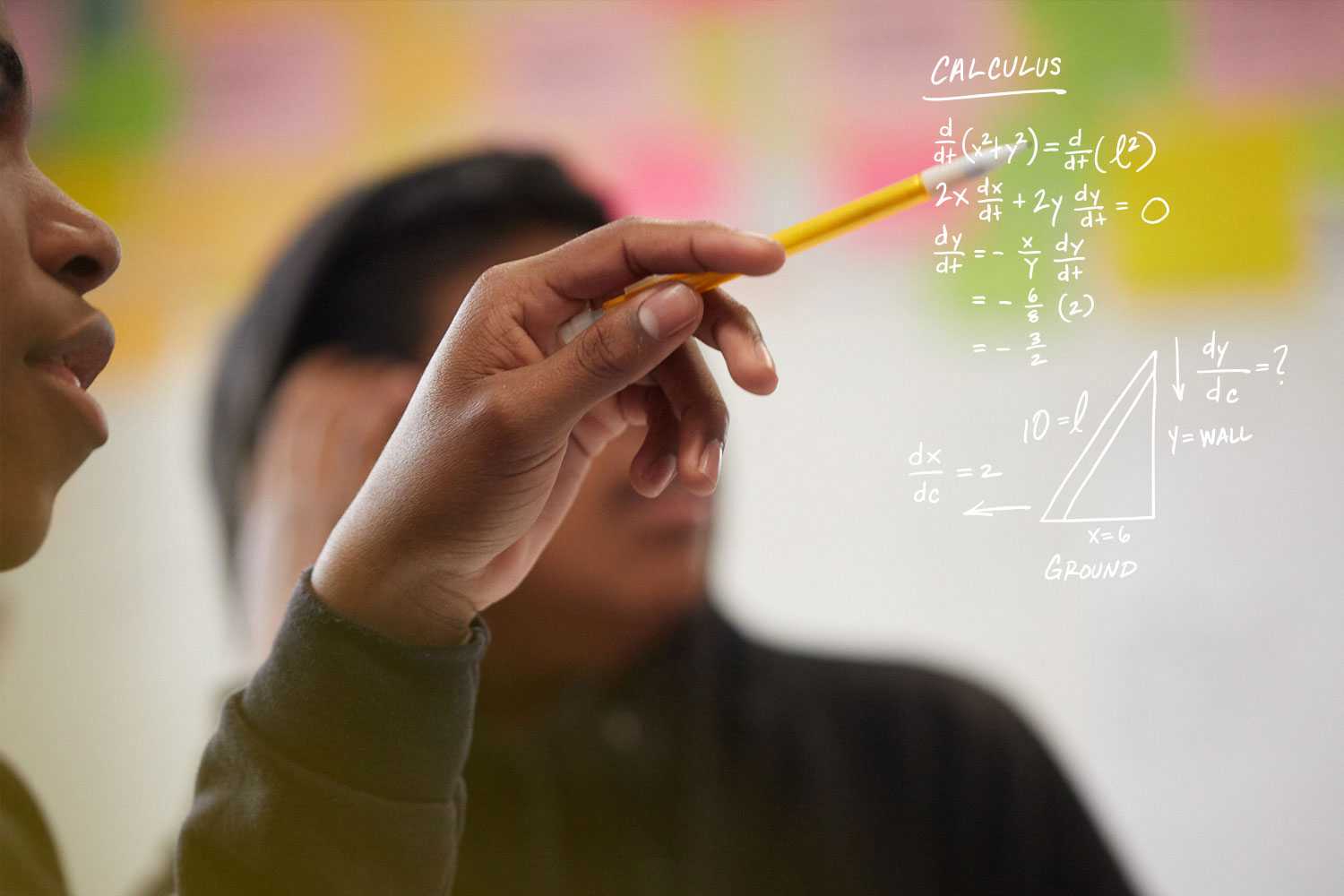2. Multiple measures shine a light on what’s really happening in a school.

Data and information should come from many sources and many perspectives.
Fact:
45 states publicly report postsecondary enrollment data by high school, and 24 include that information on easy-to-find “school report cards” required under federal law.
Source: Data Quality Campaign.
Once you’ve defined what success means for your school, you’ll need to find ways to measure whether you’re achieving it. You can start by looking at the kinds of data your state and district publish, such as rates of college entry and persistence. Then you can seek out additional sources and strategies.
For example, how will you get a clear picture of students’ social emotional learning? What combination of teacher judgment, student surveys or self-assessments, and common assessment tools will provide the information you need?
A Note on Social Emotional Learning
We know that social emotional learning, or SEL, is an important dimension of positive youth development, but we also know that our understanding of SEL is still evolving. More research is needed on how students develop SEL skills and capacities, and how growth in those areas can be assessed and reported in meaningful ways. For educators, it’s also important to remember that, for SEL measurement to be fair, schools need to develop and ensure that all students have access to high-quality SEL learning experiences.
As you identify possible measures and assessment strategies, remember that multiple measures provide richer information than isolated ones—the kind of information that can spark meaningful insights into why a particular student is struggling, what steps you can take to make sure all students are on track to qualify for advanced courses, and countless questions in between.
For example, at Bronx Arena, a New York City high school for overage, undercredited students, a school dashboard provides teachers with regular updates on two types of data: student attendance and student “output,” or completion of the school’s expected average of five learning tasks per day. If a student’s productivity drops, a teacher can instantly see attendance information before reaching out to talk to the student about where the problem lies and how academic or social-emotional supports might help.
Students themselves are often the best source of information, especially when they have access to meaningful data and are integral to school decision making and improvement. Reflecting on the work of the school redesign team at Trinity Academy for the Performing Arts in Providence, Rhode Island, principal Andy McMannis explains that “the most important members of our critical conversations were the students, as they were involved in the process the whole time. If you really want to change your school, show the data to your students and let them confirm it’s true”—even when what they have to say is uncomfortable.
Dive Deep
![students together]() Everything Is Measurable
Everything Is MeasurableTo understand what’s happening inside a school and make real improvements, school leaders need to look across multiple measures.
Read![a teacher smiling]() Explore SEL
Explore SELHow can a school define and measure social emotional learning? Harvard’s “Explore SEL” website compares different approaches.
Read![student smiling]() “Street Data” for Educational Equity
“Street Data” for Educational EquityThis framework from Shane Safir illustrates the role of data across three levels: the more familiar “satellite” and “map” data, and what she calls “street data,” which emphasizes the voices of students.
Read![student smiling]() Non-traditional Metrics
Non-traditional MetricsA case study and video from The Learning Accelerator shows how educators at Bronx Arena use multiple measures to understand student progress.
Read
Analyze
One helpful place to start to broaden measures is by administering a climate survey. Regular school climate surveys can generate insights into how students, families, teachers, and other school staff view their schools.
Step 1 – Research
What might you learn from stakeholder surveys? If there’s already a survey in use in your school, district, or CMO, review it with fresh eyes and ask how you might use the information to drive continuous improvement. If there isn’t, take a look at surveys others are using. The New York City public school system, for example, has been conducting stakeholder surveys since 2007; download the survey instruments for students in grades 6-12, teachers, and parents/guardians at NYC School Survey. Individually or in small groups, select several questions that would be especially useful to ask each stakeholder group—or generate new questions specific to your school model.
Step 2 – Reflect
Share findings with your team and discuss these questions:
- How might stakeholder surveys of students, educators, and families expand your understanding of the effectiveness of your model and growth from year to year? What questions or survey topics might yield particularly valuable information from each group?
- How frequently would you like to administer surveys? Are there other stakeholder groups, such as community partners, you’d like to survey?
- How, and with whom, might you share the results and explore their meaning?




